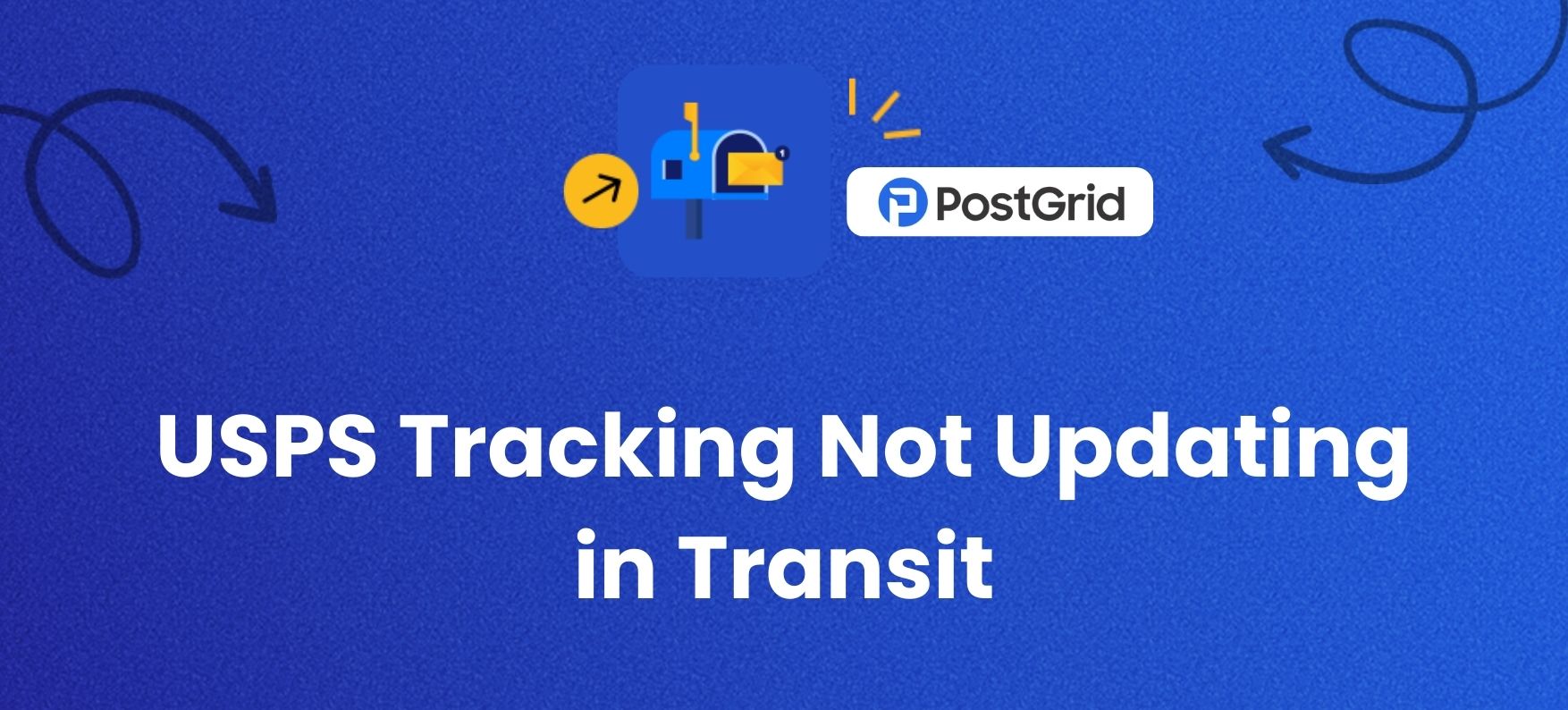Understanding USPS Tracking Updates and Efficient Invoice Management

In today’s fast-paced world, tracking shipments and managing invoices are crucial for businesses and individuals alike. Whether you are waiting for an important package or sending out invoices to clients, staying informed about the status of deliveries and payments can save time and reduce stress. One common concern among USPS customers is the tracking status update “in transit.” At the same time, businesses often struggle to streamline their billing processes efficiently. In this blog, we will explore what “in transit” means in the context of USPS tracking and provide insights on how to use an invoice with payment template to ensure smooth financial transactions.
What Does ‘In Transit’ Mean in USPS Tracking?
When you send or receive a package via USPS, you may notice different tracking updates along the way. One of the most commonly seen statuses is “in transit.” But what does in transit mean USPS? Simply put, when a package is marked as “in transit,” it means it is on the move between USPS facilities and is making its way to the final destination. However, the term can be a bit vague, as it doesn’t specify the exact location or estimated arrival time.
Packages marked “in transit” may be:
- Moving between USPS distribution centers
- Awaiting transportation to the next facility
- Delayed due to weather, high shipping volume, or logistical issues
Sometimes, customers also see an update like “In Transit, Arriving Late,” which can be frustrating if the delivery is time-sensitive. To learn more about this status, visit what does in transit mean USPS for a detailed explanation.
Understanding these tracking updates can help set realistic expectations for package arrivals. If your package has been stuck in transit for an extended period, contacting USPS customer support or visiting your local post office may provide additional insights.
How to Manage Your Invoices Efficiently
Just as tracking shipments is essential, managing invoices effectively is crucial for businesses and freelancers. A structured invoicing process ensures timely payments and keeps financial records organized. One of the best ways to simplify the process is by using an invoice with payment template.
Benefits of Using an Invoice with Payment Template
- Saves Time – Instead of creating invoices from scratch every time, a template provides a ready-to-use format that only requires minor adjustments.
- Ensures Accuracy – Pre-set fields in a template reduce the risk of missing important details such as payment terms, due dates, or client information.
- Professional Appearance – A well-designed invoice template enhances credibility and presents a more polished image to clients.
- Easy Record-Keeping – Standardized invoices make it easier to track payments and manage financial records efficiently.
Essential Elements of an Invoice with Payment Template
When selecting or creating an invoice template, ensure it includes the following details:
- Business Name & Contact Information – Clearly state who the invoice is from.
- Client Details – Include the recipient’s name and address.
- Invoice Number & Date – Unique identifiers help with organization and future reference.
- Itemized List of Services or Products – Breakdown of charges, including quantity, unit price, and total amount.
- Payment Terms & Due Date – Specify accepted payment methods and deadlines.
- Additional Notes – Any additional terms, thank-you messages, or disclaimers.
For ready-to-use invoice templates, check out invoice with payment template, where you can find customizable formats that cater to different business needs.
Best Practices for Tracking Packages and Managing Invoices
To stay organized and efficient, follow these best practices for tracking shipments and handling invoices:
1. Set Up USPS Notifications
Signing up for USPS tracking alerts via email or text to speech can provide real-time updates on package status. This helps you stay informed and anticipate delivery times.
2. Follow Up on Delays
If a package is “in transit” for an extended period, contact USPS or the sender to determine the reason for the delay and explore possible solutions.
3. Automate Your Invoicing Process
Using invoicing software that integrates templates can reduce manual effort and minimize errors. Many platforms allow automated reminders to be sent to clients when payments are due.
4. Keep a Digital Record of Transactions
Store copies of invoices and USPS tracking details in a centralized system for easy reference. This is particularly helpful for disputes, audits, or tax filing purposes.
5. Maintain Clear Communication
For both package deliveries and invoice payments, clear communication is key. Keeping clients and customers informed helps prevent misunderstandings and ensures smooth transactions.
Conclusion
Understanding USPS tracking updates, especially the term “in transit,” can help manage expectations and avoid unnecessary worries when waiting for shipments. Additionally, utilizing an invoice with payment template can streamline financial processes, ensuring timely payments and better organization. Whether you’re a business owner, freelancer, or an online shopper, staying informed and using the right tools will enhance efficiency and peace of mind.
